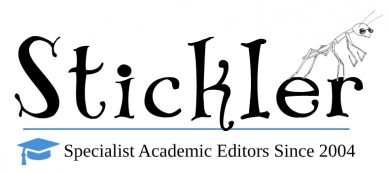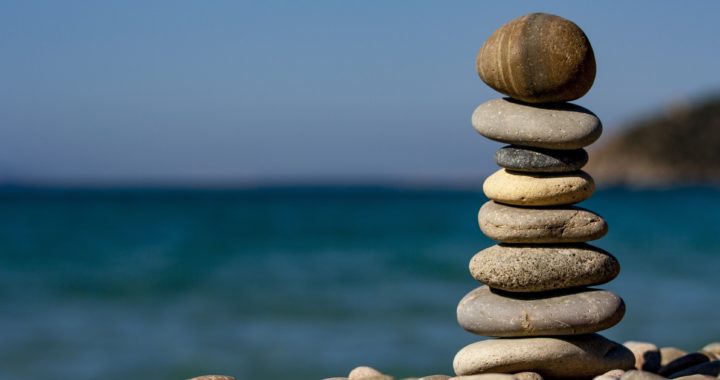We talked about the Pomodoro Method of writing—which is a strategy combining 25-minute increments of focused writing with five-minute breaks—in another post. But what exactly should you do during writing or study breaks to maximize your productivity once you’re back behind the keyboard?
Take a moment to reflect on what a typical break from writing looks like for you. Do you chat with your colleagues or friends? Do you browse social media? Maybe you take a short walk. Ultimately, a productive break from writing is likely to look different for different people. However, new findings about the science of recovery suggest some rules of thumb to increase your chances of feeling replenished and ready to write after your breaks. Below, we explore three science-backed tips for taking a better break.
Spend a Moment in Nature
Studies show that taking some time outside may be more restorative than taking a break indoors. The reason for this is related to the effect of the natural environment on our attentional capacity. Findings indicate that when we spend time in nature, we tend to subconsciously focus on features of the environment, such as the calls of birds, the chill of the wind, or the sounds of rustling trees. This soft, nondeliberate focus allows your conscious attention to rest, meaning that once you return to the computer you’ll be better able to mobilize your attention and focus on your work.1 Additionally, getting some physical distance from your work will help you to psychologically detach and truly relax during your break.2
Even if you can’t physically get outside, studies show that just gazing upon natural scenery through a window is sufficient to rest your attentional capacity.3
Do Something Nonwordy
Be sure not to spend too much time during your break engaging in “wordy” activities, such as reading articles or responding to messages. These activities use the same language-processing parts of your brain that writing does, and may continue to draw on the same cognitive resources you need to get your work done.4
Instead, try something you enjoy that is “nonwordy,” such as light stretching or a short game on your smartphone.
Let Your Mind Wander
Stuck on your next paragraph? Take a few minutes to let your mind wander during your writing break. Findings from creativity research suggest that intentionally disengaging from problems and taking a moment to daydream can be an effective way to have those much-needed “a-hah!” moments. This is because our brains unconsciously work through problems when we’re not consciously thinking about them.5
To make this type of break work for you, physically distance yourself from your work for a few minutes and take that time to daydream about whatever comes to mind. The ideas will come flowing in no time.
Ready to be a more productive writer? Commit to testing out one of these tips today and see how your productivity improves!

